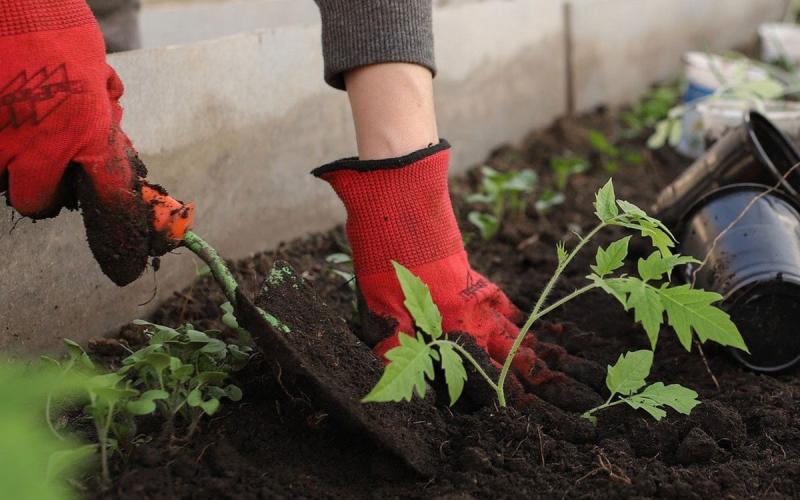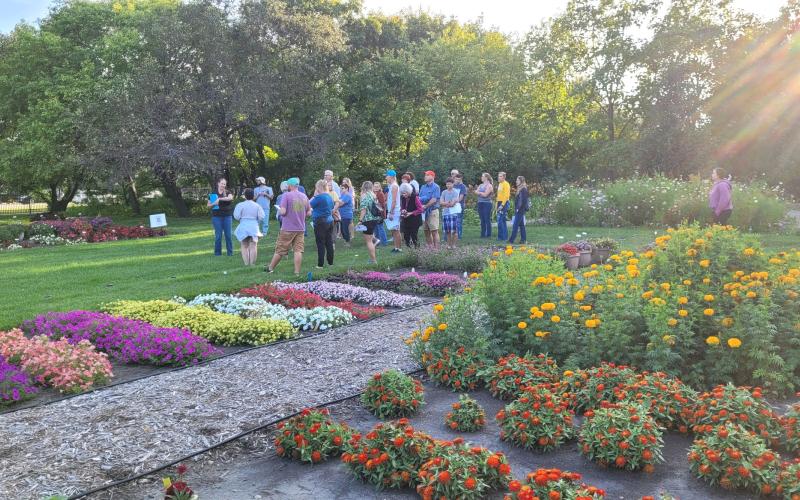Lesson Overview
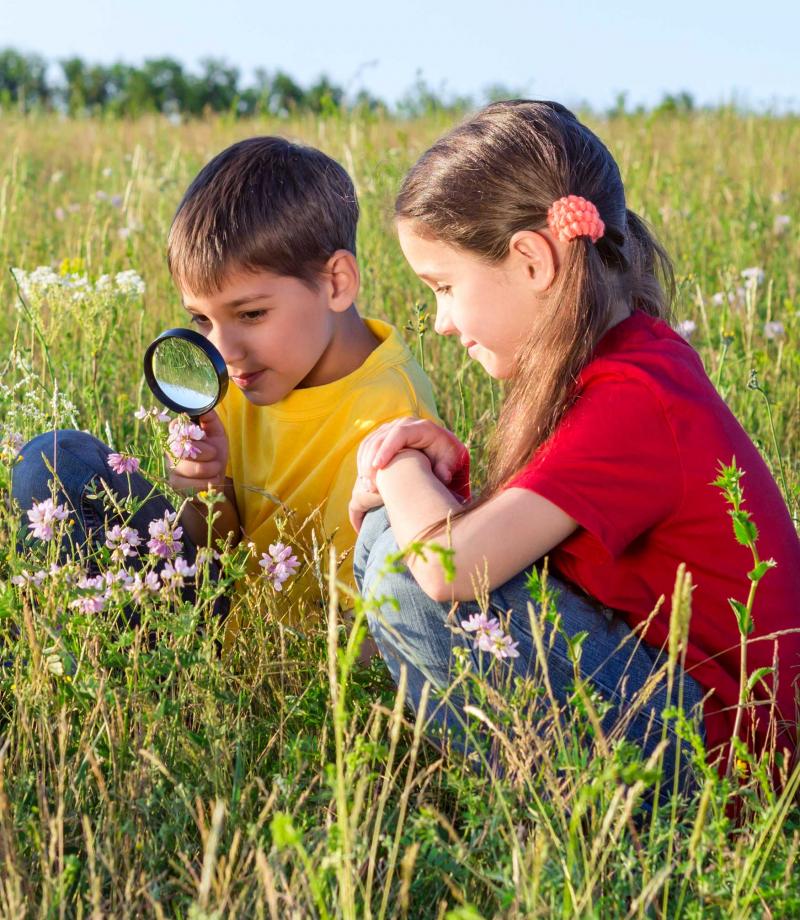
Lesson developed by Sarah Wells under the direction and review of Anna Barr and Aimee House Ladonski.
Objective
Following this lesson, participants will be able to identify basic plant parts and use more complex plant part vocabulary.
Vocabulary
- Words:
- Roots: Underground plant system for food and water delivery.
- Tap Root: Long, straight root for water and nutrient delivery, like the part of a straw below the water in a glass.
- Lateral Roots: Go out sideways for stability; almost like underground tree branches.
- Stem: Above-ground plant body.
- Petiole: Where a leaf attaches to the stem.
- Leaves: Flat, thin, outstretched sheets of plant body used to collect sunlight and make energy (photosynthesis).
- Veins: Water transport ducts in a leaf blade.
- Flower: Generally scented, delicate, colored, and petaled reproductive portion of plants.
- Pollen: Male reproductive part of a flower; carried to other plants by insects or wind.
- Fruit: Fleshy covering for seeds to develop and stay protected inside
- Ovary: Female reproductive part of a flower; forms fruit when fertilized.
- Seeds: Potential plant offspring.
- Sprout: Emerging new plant from a seed.
- Roots: Underground plant system for food and water delivery.
- Worksheet: Help your child learn vocabulary by having them match the vocabulary term to the images contained in this worksheet. Courtesy of SDSU Extension.
Resources and Activities
Video
Parts of the Plant and Photosynthesis: Watch this video to learn about the characteristics and parts of plants, how trees and plants are different, and photosynthesis. Courtesy of Smile and Learn.
- Video follow-up questions:
- What do roots do? Answer: Hold the plant together and absorb water and nutrients.
- What does the stem do? Answer: hold the plant up and carry nutrients from the roots to the rest of the plant.
- Trees and plants, which has a trunk and which has a stem? Answer: Trees have trunks and plants have stems.
- Where is the petiole on a plant? Answer: Between the stem and leaf blade.
- What is photosynthesis? Answer: How plants make food.
- What does your favorite flower look like?
The Parts of a Plant: Sing along with this tune to learn all about the parts of a plant, including flowers, stems, leaves and roots. Courtesy of Harry Kindergarten Music.
Book
Plants Can’t Sit Still: Do plants really move? Absolutely! Listen to this book by Rebecca E. Hirsch to learn more. Courtesy of Reading Rhino.
- Book follow-up questions:
- Why can’t plants sit still? Answer: They grow, reach for light, search for nutrients, find room to grow, snap a fly, and fold flowers at night. Other answers may also be correct.
- What do plants need animals and people for? Answer: People and animals help move seeds. People can also help take care of plants.
- Which plant parts can move? Answer: Roots, leaves, flowers, seeds, and other answers may also be correct.
- How far could a plant travel? Answer: They could tumble through a desert or float through the sky, hitchhike on a person or animal, or float down a river. Other answers may be correct.
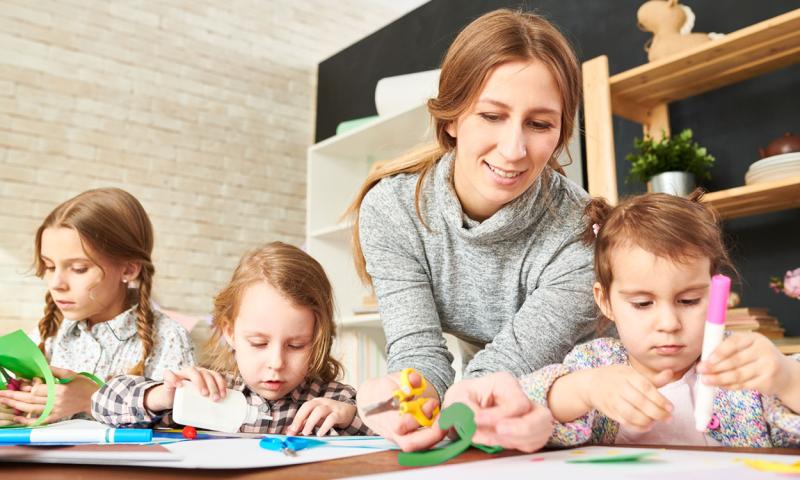
Plant Parts Activity
Parts Of A Plant For Kids: Watch this video to learn how to model the parts of a plant through a fun craft activity. Courtesy of The Cooper Scoop.
- You will need:
- Yellow, blue, and green paper
- Glue sticks and tape
- Scissors
- Sunflower seeds
- Green straws
- Muffin/cupcake pan liners
- Marker, pencil, or other drawing utensil
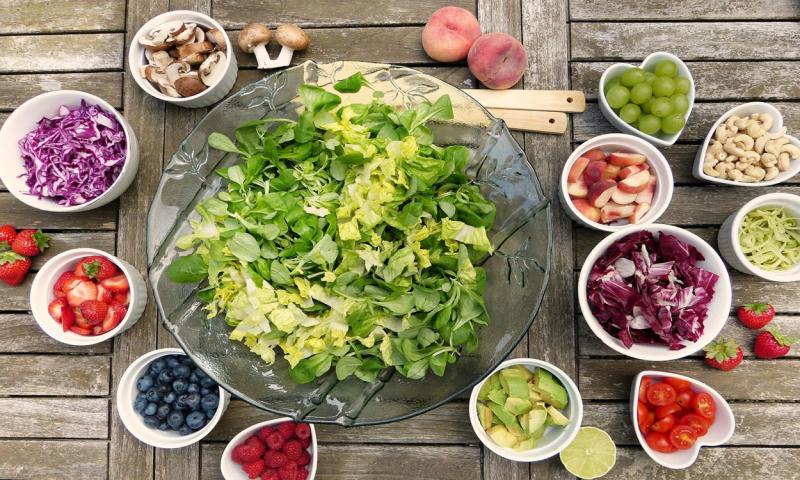
Nutrition Activity
Mix and Match Salad: All parts of a plant are utilized and eaten. Each plant is different! In this nutrition activity, choose components from each plant part to make your own salad! Be sure to wash your ingredients first! Add some of your own ideas, too!
- Ingredients:
- Roots: Carrot, Beet, Radish,
- Stem: Chives, Basil, Parsley, Celery
- Leaves: Lettuce, Arugula, Kale, Cabbage
- Seeds: Corn Kernels, Sunflower Nuts, Peas Pods, Walnuts
- Flower: Clover, Rose Petals, Dandelion, Chamomile, Mint, Squash Blossoms
- Fruit: Lemon Juice, Orange Slices, Apple, Tomato, Strawberry
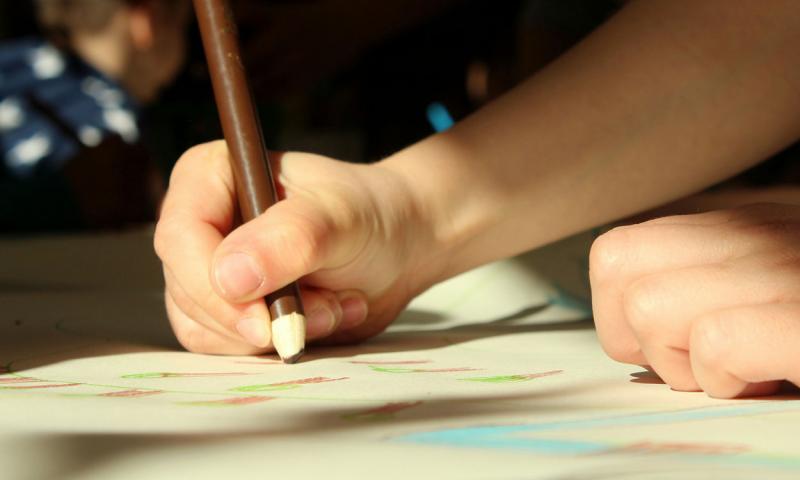
Art Activity
How to Draw a Plant: Learn to draw flowers with these fun video tutorials. Courtesy of Art for Kids Hub.
- You will need:
- Paper
- Something to draw with
- Something to color with
Adults, Learn More
- Simple Straw Aeration Hydroponic System: Growing a plant in a cup without soil makes all parts visible! Courtesy of KidsGardening.org.
- Plants Can't Sit Still: More information on the book "Plants Can't Sit Still," including where to order. Courtesy of Rebecca E. Hirsch.
- Botany in a Day: Looking for a faster, easier, and engaging way to identify plants? Check out this herbal field guide to plant families. Courtesy of Thomas J. Elpel.
Project Contributors
Lesson Author:
- Sarah Wells
Other Contributors:
- Shelby Anderson
- Paulette Morse
- Ruth Smith
